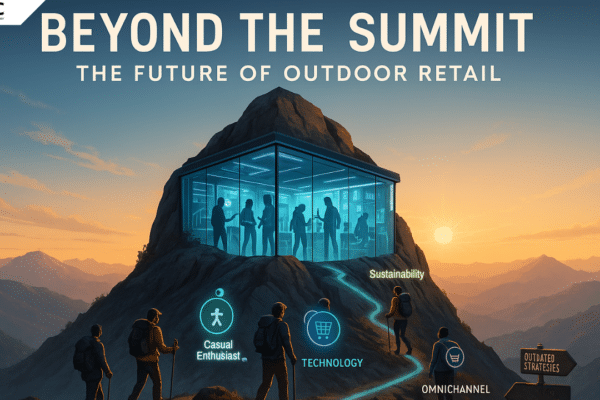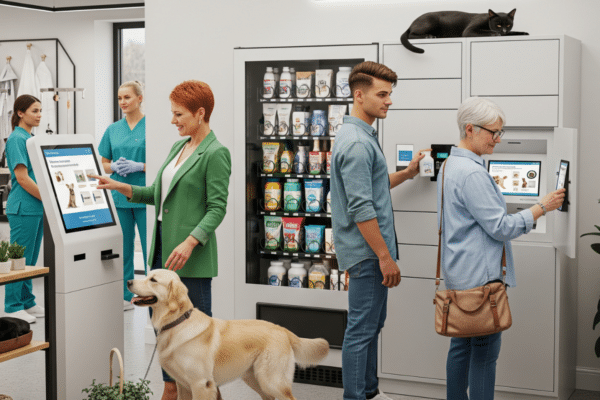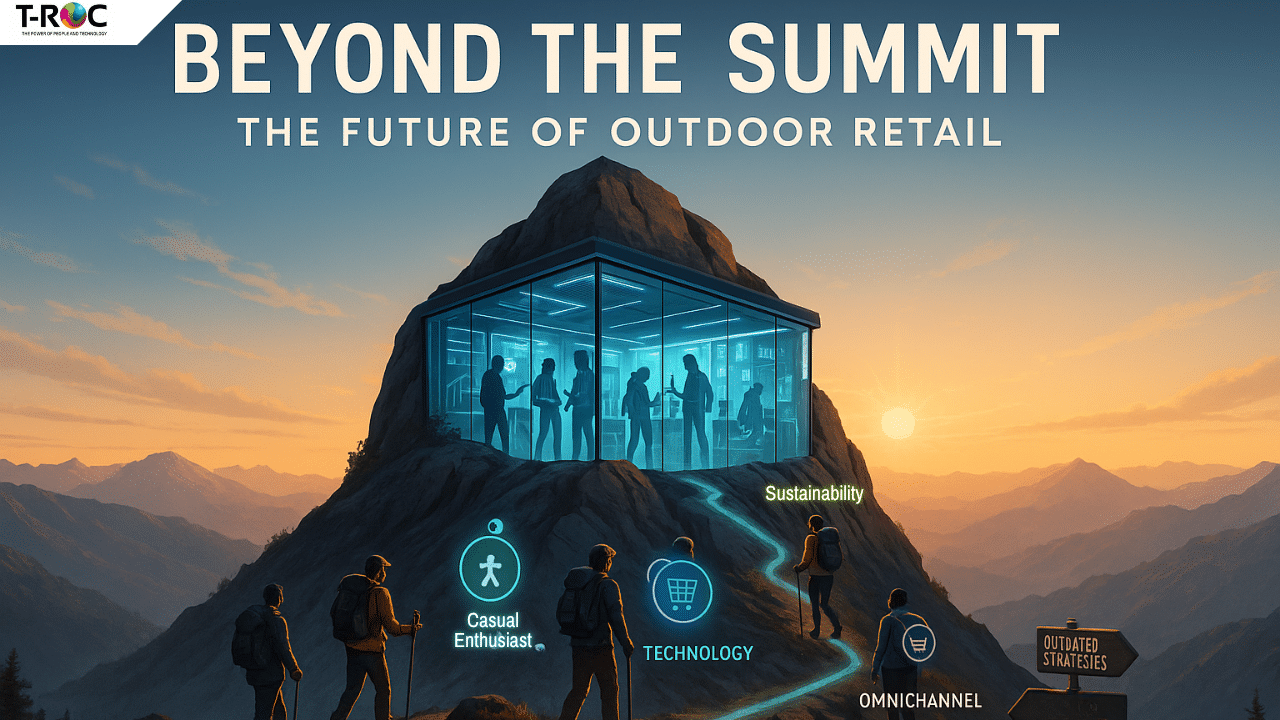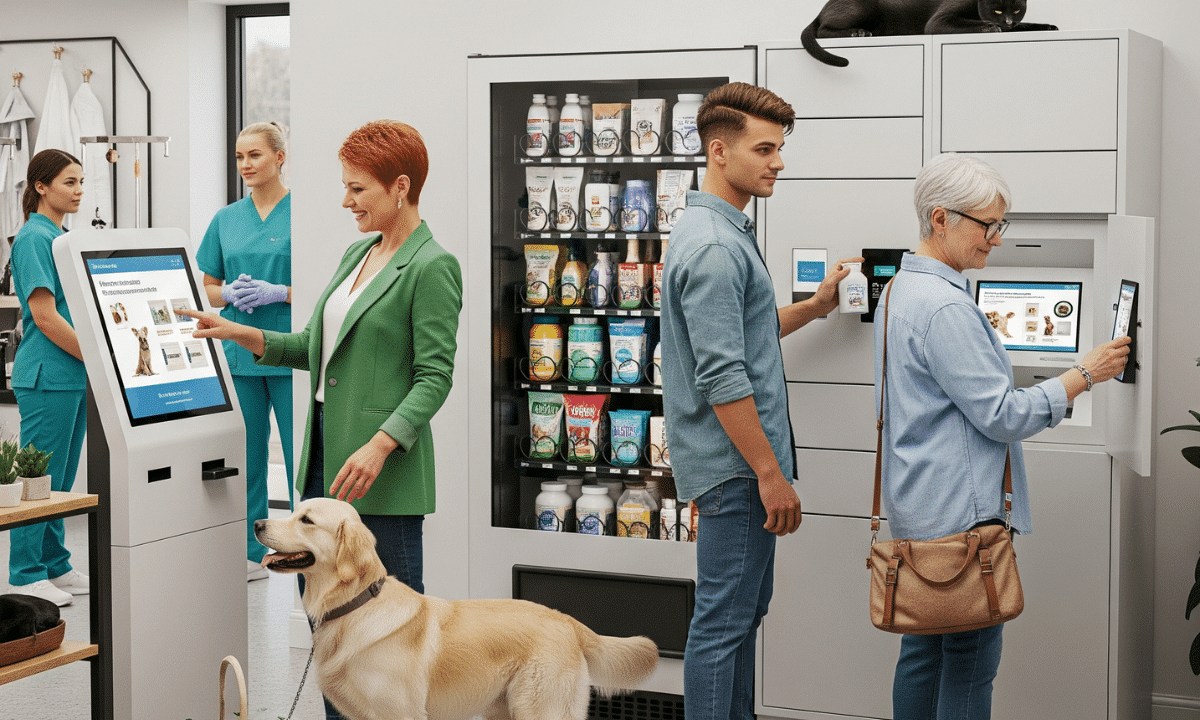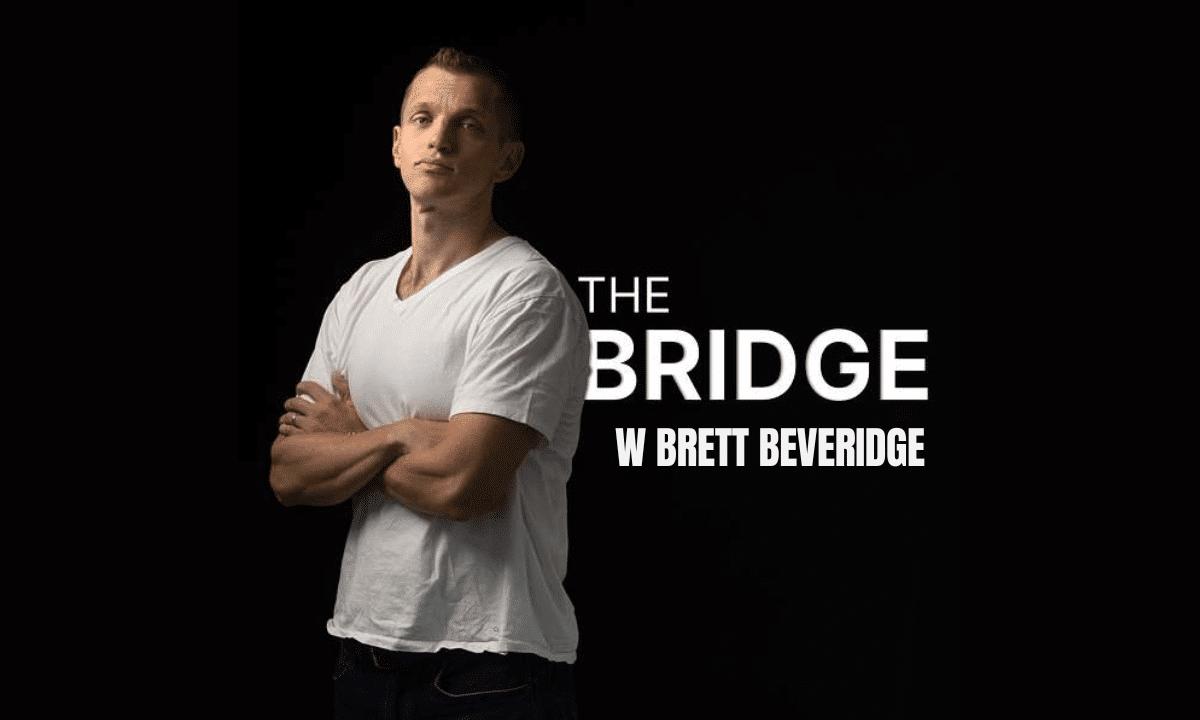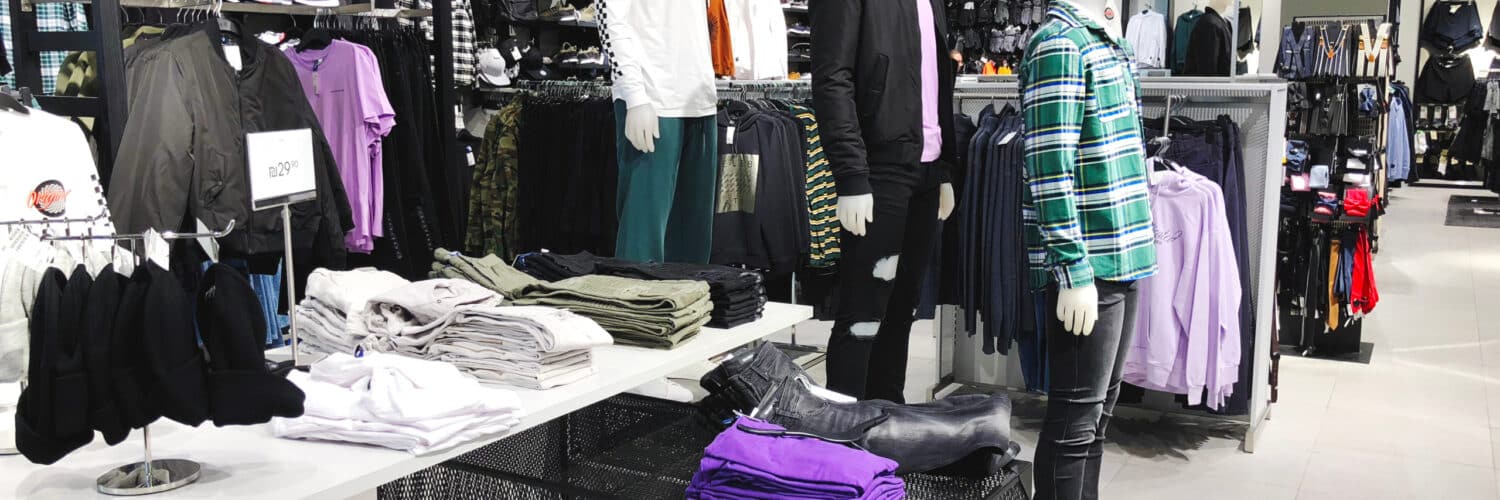
Retail Layout Management: How to configure your store for maximum sales performance.
There has never been a time when store layout mattered more for brick-and-mortar brands and retailers. The proliferation of online shopping channels and a new generation of customers who are savvier, less patient and have higher expectations for easy and enjoyable shopping experiences, have made retail layout operations management an even more important component for physical sales environments. The bottom line is for a store to maximize conversions and revenue, it has to have a strong layout strategy.
What is retail layout operations management?
Retail layout operations management is the strategy by which brands and retailers use store configuration to optimize merchandising, customer traffic, and ultimately, retail sales.
Retail layout is all about store “flow”
The secret to effective retail layout management is homing in on the ideal “flow” for your store. This is different than visual merchandising, which focuses primarily on how customers experience individual products and displays. Retail layout management focuses on the way customers “flow” through the physical environment itself. Think of it as a shopping roadmap that guides customers through store aisles, sections and departments in a way that makes the shopping experience more enjoyable, while also optimizing opportunities for impulse purchases. The goals of retail layout should be two fold. First, a good layout makes it easier to keep the store or environment organized and, therefore, running smoothly from an operational perspective. Two, and arguably more importantly, creating the right store layout makes it easier for customers to find what their looking for, discover new products, and enjoy a fast, fluid and fun shopping experience.
Formulating a retail layout strategy.
It might be surprising to hear, but many brands and retailers admit to not quite grasping the importance of an effective retail store layout when they were just starting out. Of course, it didn’t take long for them to realize just how important a good layout is and how much of an impact it can have on sales and revenue.
So how do you go about planning a retail store layout? This depends on a lot of factors. What type of items are you selling? Are they big? Do they fit on store shelves? Are they expensive or affordable? Are they necessities or lifestyle products? You also have to take into account how many items you’re selling. Is your store going to be packed with a wide variety of products or are you a niche brand catering to a very specific audience or need? Then, of course, there’s the size and shape of your retail space. Is it expansive with plenty of square footage or is it a relatively small area? It’s it long and skinny or rectangular and wide open? Does it have lots of overhead space or is it somewhat cramped?
All of these questions and concerns can sound complicated (and they are), but the good news is retail operations layout management can be condensed into six general types of store layout.
The six basic store layouts.
Regardless of your products, categories and configurations, chances are you’ll find one of the following basic store layout types a good place to start when planning your retail stores.
Grid Layout.
We’re all pretty familiar with the grid layout. This is the standard store layout used by most supermarkets, pharmacies and big-box retailers. Hearing that, you’ve probably already surmised that the grid layout works well when you have a high volume and variety of merchandise to sell.
Essentially, a grid layout displays merchandise along lengthy aisles in a very predictable manner. This makes the store very easy for customers to navigate and provides excellent exposure to a wide variety of products, encouraging shoppers to pick up something extra along with their staple purchases. This strategy usually puts those quick impulse buys near the front of aisles, often on endcaps, so shoppers are forced to walk past them in order to reach the rest of their purchases.
The grid system works great for supermarkets and big-box retailers because it simplifies shopping among so many different options. However, the downside of the grid system is that it lacks a certain pizazz. We know it. We appreciate it. But we aren’t exactly wowed by it. The grid system also makes it a little more difficult to highlight “star” or new products as there is just such a high-volume of merchandise on display.
Loop Layout.
A loop layout is often called a “racetrack” layout because this configuration takes the customer on a very guided shopping journey through the store. A loop store features a defined pathway that winds through the environment and is lined with perimeter walls featuring shelving and displays to showcase products.
One big advantage of the loop design is that it usually leaves the central area of the store wide open. This presents a great opportunity for brands and retailers to create a custom layout configuration or central display to showcase key products.
The loop configuration is popular among clothing stores, toy stores and stores selling home items. It gives brands and retailer a lot of control over the customer experience, however, it also tends to take up a lot of extra space, which can be cost-prohibitive from a retailer’s perspective.
Diagonal Layout.
This variation on the grid layout places aisles at an angle to improve customer sightlines and provide a more open feel to the store. Angling the aisles allows customer to move through the environment and explore aisles more freely. It also gives employees a better view of customers as the shop, which means they’re more apt to offer assistance and to spot any attempts at shoplifting.
Diagonal layouts tend to promote browsing among customers, which makes it a great option for consumer electronics and technology retailers; make-up and cosmetic stores; gourmet food stores and any category where shoppers tend to be interested in discovering new items or the latest offerings.
Angular Layout.
Unless you’re a high-end brand with a very limited selection or are selling a small batch of specially merchandise, the angular model probably isn’t the ideal solution.
This layout incorporates smaller displays in the center of the store to create a minimalistic, highly stylized shopping experience. It promotes interaction with the products, inviting customers to touch or try on items. Think the store designs you find among haute couture boutiques and designer eyewear shops.
While an angular layout can be a thing of beauty from an aesthetic perspective and provide a sense of exclusivity that can certainly benefit high-end brands, it also limits the amount of merchandise you can offer as well as the volume of customer traffic you can handle at any given time.
Forced Path Layout.
Just like the name, the design does not pull any punches. A forced path layout guides the customer through the store on a very deliberate journey past a full variety of products and through every department on their way to checkout.
If you’ve ever shopped at IKEA, you’ve been taken on a forced path stroll through the store. Everyone follows the same direction on an experience that winds through various departments and showrooms.
From a revenue perspective, forced paths provide great opportunities to win over impulse purchases, while showcasing a complete inventory of products to your customers. On the downside, sometimes being forced to follow a path can be frustrating. As a brand or retailer, you better make the journey an interesting one or you risk alienating some shoppers. Additionally, popular areas may result in “shopper traffic jams” as large numbers of customers stop and congregate to do a little exploring.
Free-Flow Layout.
Again, the name says it all. A free-flow store layout doesn’t follow any set path or blueprint. Rather, it allows shoppers to wander about and browse freely. This type of design creates a variety sightlines throughout the retail space and lends itself to interesting tabletop displays and exciting wall designs.
This is a favorite among brands and retailers because it allows them to think outside the box and be highly creative when laying out their stores. Customers enjoy it because it creates a sense of independent exploration more defined store layouts can’t provide.
As you might imagine, free-flow layouts are popular with specialty retailers, fashion boutiques, consumer electronics stores, and other businesses that have a limited amount of inventory, usually of the upscale variety, and are looking to wow customers with a unique shopping experience.
Takeaways.
While areas like customer service, visual merchandising and marketing get a lot of well-deserved attention from brick-and-mortar brands and retailers, store layout is just as important to generating sales and revenue. What layout works best for your stores depends on your specific merchandise and business model.
If your stores aren’t living up to their potential, it might be time to consult with the experts at The Revenue Optimization Companies (T-ROC). T-ROC is a leading retail management company helping to drive brick-and-mortar sales for many of the world’s Fortune 100 brands and retailers.
If you found this post interesting and insightful, we invite you to explore additional posts covering all things retail at https://trocglobal.com/company/#blog.
TROC is the leading provider of premier staffing outsource, software, managed technology services, and consumer insights for the top global brands, retailers, manufacturers, service providers, and distributors. The company’s distinctive solutions address the entire lifecycle of brick and mortar brand and retail operations by combining retail expertise, best practices, and technology to help its customers achieve sales and operational excellence as well as a sustainable competitive advantage. As a Retail 4.0 thought leader, T-ROC enables companies with high-value products in the physical world to thrive through the digitalization of the physical shopping experience. To learn more about T-ROC, visit www.trocglobal.com.


